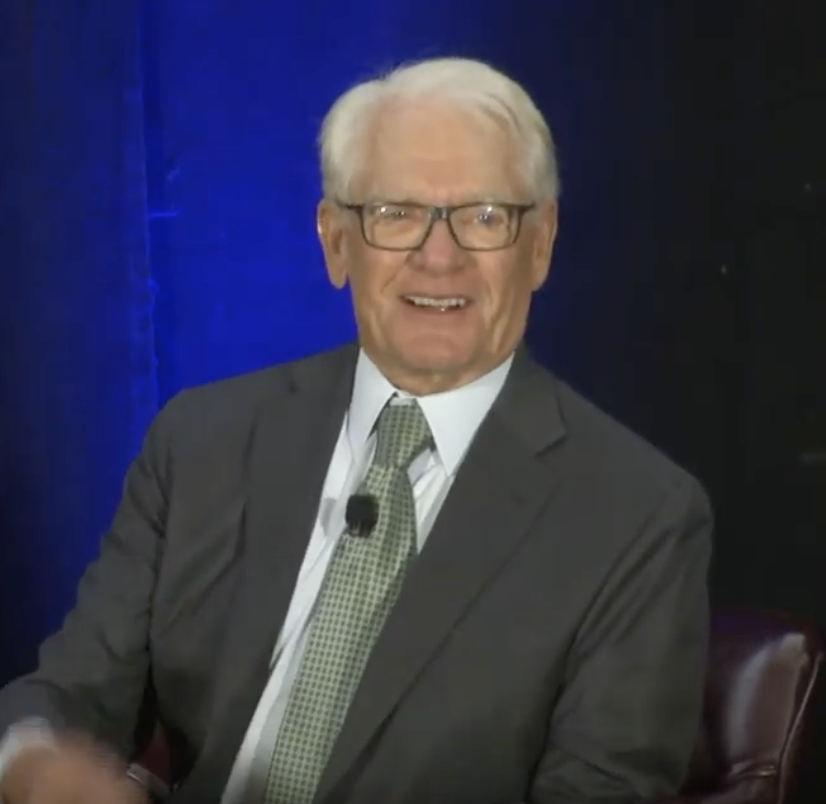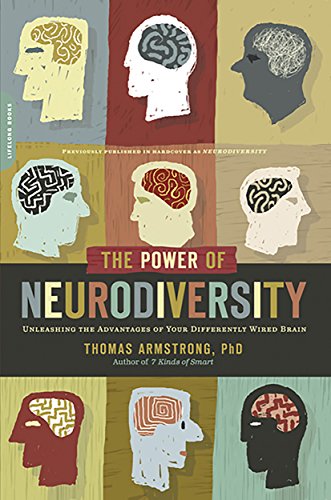 Belonging in the classroom means ensuring that all students feel welcomed, comfortable, and part of the school family.
Belonging in the classroom means ensuring that all students feel welcomed, comfortable, and part of the school family.
Elementary school educator Michael Dunlea teaches in an inclusion classroom where many students have learning differences that can pose a challenge to connecting with others. Building a culture of belonging has become his greatest priority.
Tips for fostering belonging in the classroom
1. Shine a light on each student.
When working with students who have learning differences, I’ve learned it’s important to model that every child has something special about him or her that we can celebrate. I had a student who ate alone every day the year before she joined my class. Her behaviors set her apart, and other students naturally started avoiding her. When she became my student, my co-teacher, my aide, and I made an intentional effort to laugh with her and praise her around her classmates. Soon, my students began to see her in a different light, and she never ate alone again. Help your students see each other through your eyes, so they can see each other’s greatness.
2. Foster student identity building.
Five times per year, I allow my students to do genius hour or passion projects of their choosing. These projects become very personal and a way to share more about who they are with their classmates, while boosting their public speaking skills. I’ve had students present about their rare medical conditions that they were previously afraid to talk about. Other students have explored their family heritage or activities they participate in. In every case, students are empowered by their interests and passions, and they regularly say they enjoyed the learning that took place.
3. Always leave one desk empty.
Every year, I have had at least one new student join us halfway through the school year. Chances are, for any 8-year-old going through a midyear move, it is one of the most difficult times they will ever endure. Seeing an empty desk when they arrive signals that our class has been waiting for them all year—and reminds other students throughout the year that our class could grow and change at any time.
4. Make sure that each child feels chosen.
Several times a year, I ask my students to anonymously write down the names of three students they want to sit with or work with—ranked in order of preference. I go over the results to see who is being selected and who is not. With that knowledge, I seek out students who aren’t chosen and create opportunities for them to build relationships with their peers.
5. Weave social and emotional practices throughout the day.
Toward the end of a school year, I start allowing students to choose their partners for activities, but I change up the traditional classroom social dynamics by letting the students who are typically not chosen to be the choosers. I remind students of the proper and improper ways to react if the person who chooses them wasn’t who they had in mind by stating, “When someone chooses you, they are giving you a gift—the gift is saying, out of all the people in the class, I choose you.”
We can never take for granted the importance of our students feeling they belong. In a world that does not yet fully welcome everyone, schools can reinforce existing divisions or provide students a safe community that feels like a second home.
Excerpted from Every Student Matters: Cultivating Belonging in the Classroom. Read the full article in Edutopia.
Source: Edutopia | Every Student Matters: Cultivating Belonging in the Classroom, https://www.edutopia.org/article/every-student-matters-cultivating-belonging-classroom | © 2023 George Lucas Educational Foundation
To schedule an evaluation or to get advice, call or email a CHC Care Coordinator at 650.688.3625 or careteam@stage.chconline.org CHC teletherapy services are available now.





